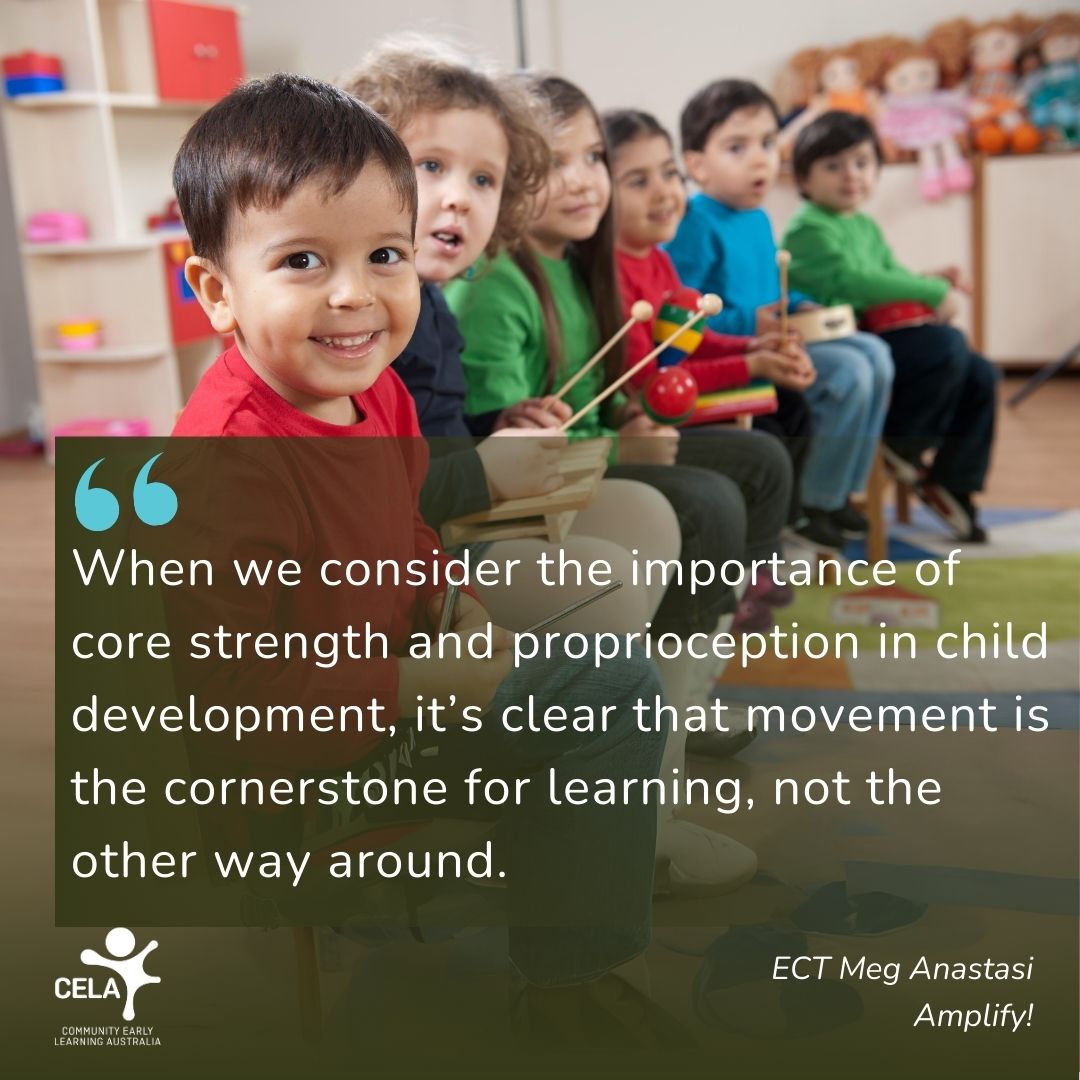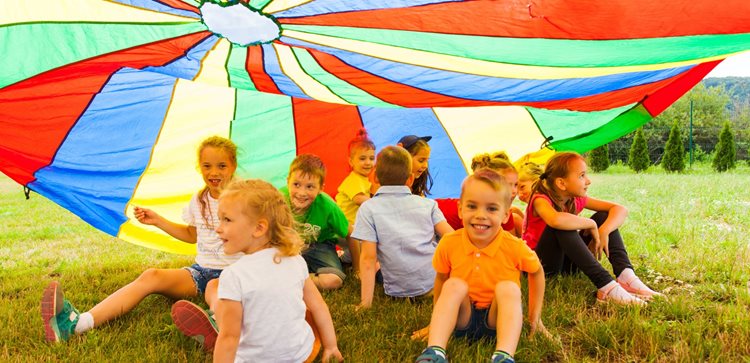As early childhood practitioners, we learn about child development in our studies. Generally, our attention tends to gravitate towards the development of gross motor skills which are developed during infancy and toddlerhood (gross motor skills involve the large muscles of the body and are crucial for major body movements such as walking, running, jumping, and maintaining balance and posture).
Subsequently, as children mature, we shift our focus towards the enhancement of cognitive learning concepts, particularly those that emerge in older toddlers, further laying the groundwork for school readiness. As children get older, many professionals lose sight of the importance of gross motor skills. After all, the children are walking already—isn’t it time to focus on pencil grip?
Motor skills go beyond the major milestones and are much more complex and significant than what we may realise. For example:
- Without core strength (the strength of the muscles in your torso, crucial for balance, posture, and overall movement), a child will be unable to sit upright to listen to a story, reducing their ability to deeply engage in the program.
- Without proprioception (the body's ability to sense its own position, movement, and balance in space), children will be unable to regulate the amount of force their body uses to engage with an activity or learning environment.
.jpg?width=750&height=750)
What the research says
Some allied health professionals believe that changing trends in childhood are contributing to a shift in children’s typical development. Research exploring the COVID 19 pandemic and its impact on children’s development is emerging, and findings indicate that decreased movement and increased screen time have likely impacted upon movement development. Practitioners are also citing decreased skills in areas such as visual tracking (the skill needed to follow an object with your eyes), core strength, balance and regulation.
In her book, Balanced and Barefoot: How Unrestricted Outdoor Play Makes for Strong, Confident and Capable Children, Angela Hanscom writes that “due to less time spent developing strength, coordination, and balance, children are becoming more and more unsafe and accident-prone. In order for children to develop any skills of the mind or body, they must practice them daily, ideally through meaningful play experiences. Instead of allowing your child less time to move and play, try giving them more!”
Where can we start?
As practitioners, we are responsive and flexible; endeavouring to respond to the needs of the children attending our services, even when these needs are more complex. If you have observed a downward trend in children’s attention, concentration, ability to sit still, and an increase in clumsiness or accidents, the children in your program would likely benefit from increased movement. Often in our role, we can feel pressure to engage in more structured teaching; where children sit still and quiet, listening to a story, or learning the life cycle of a frog.
In my practice, teaching within a preschool setting, I aim to promote as much incidental movement as possible. For example, prior to reading a long story, I encourage the group to take a brain break with me. We’ll slowly spin in a circle, before stopping and reversing the circle.
If you are wondering how you can better support children who crave movement, you are not alone!
I recommend beginning by reflecting on the current routine utilised in your service.
Does the routine allow for regular movement breaks or time outdoors? Long periods of time spent indoors can be limiting to children’s ability to engage in the gross motor play they need to develop other skills.
Once you’ve looked at the overall structure of the day, you can begin to reflect on small ways you can embed opportunities for movement to support your program.
One simple way of doing this is by encouraging movement-based transitions between routine tasks such as circle games, parachute games, elastics or balloon games. In my practice, I often use transitions like these when we are finishing a group time and are getting our bags ready for the end of the preschool setting. Often this transition involves children being invited to hop like a kangaroo to their bag. Simple adaptations like this can set the children up for success, particularly when you know that a sit-down task may be coming.

It’s useful to review the Australian Government’s physical activity and exercise guidelines, which provide recommendations for activity for all ages from birth.
- The guidelines state that preschoolers aged 3-5 should be active for at least 3 hours each day, including 1 hour of energetic play.
- The guidelines recommend that “This should take place through the day, not all at once. Physical activity for preschoolers should be fun and encourage exploration and discovery.” (Source: Australian Government Department of Health and Aged Care)
Reflective questions
- Do our group times allow for movement? If not, are these group times developmentally appropriate?
- What is the goal for this cohort of learners? Is there a movement-based way I could support them to reach this goal?
- Does this learning environment allow for adequate moment? Why/why not? What could I change to support this?
- Am I prioritising one learning domain over the others?
|
References:
Moore, S; Faulkner, G; Rhodes, R; Brussoni, M; Chulak-Bozzer, T; Ferguson, L; Mitra, R; O’Reilly, N; Spence, J; Vanderloo, L; Tremblay, M. ‘Impact of the COVID-19 virus outbreak on movement and play behaviours of Canadian children and youth: National Survey’, 2020.
Hanscom, A, ‘Balanced and Barefoot:How Unrestricted Outdoor Play Makes for Strong, Confident, and Capable Children’, 2016.
About Meg
Meg is an Early Childhood Teacher in the eastern suburbs of Melbourne on Wurundjeri land. She has worked across a range of settings throughout her decade of work in the early learning sector, and is now pursuing postgraduate study in adult education. Meg is very passionate about advocating for the early childhood profession in a way that both challenges and empowers educators.